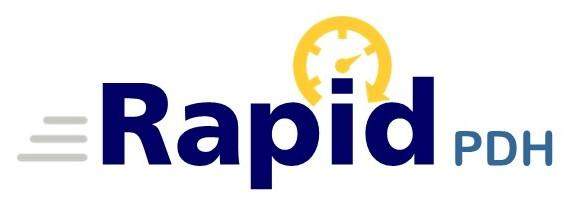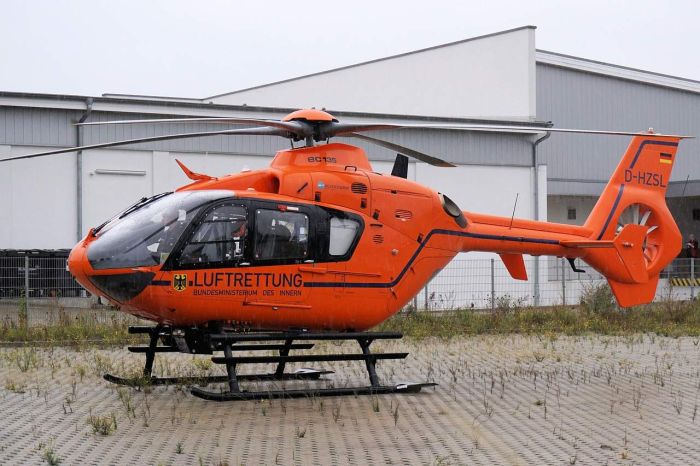A Dynamic Calibration Method for Experimental and Analytical Hub Load Comparison
This course discusses the results from an ongoing effort to produce improved correlation between analytical hub force and moment prediction and those measured during wind-tunnel testing on the Aeroelastic Rotor Experimental System.
Credit: 2 PDH
Instructor: Juan C. Borrero, P.E.
In this two hour course, the engineer will learn about the results from an ongoing effort to produce improved correlation between analytical hub force and moment prediction and those measured during wind-tunnel testing on the Aeroelastic Rotor Experimental System (ARES), a conventional rotor testbed commonly used at the Langley Transonic Dynamics Tunnel (TDT). During this course, engineers explore the terminology and process behind dynamic calibration. The course also explores the transformation from resulting hub loads and the prediction of balance outputs. The balance outputs predicted, are then compared to a detailed finite-element model in order to ultimately better predict dynamic balances.
Engineers who take this course will gain greater familiarity with the terminology and models used to analyze and predict dynamic balances, balance outputs, and dynamic calibration. The subject of rotor balancing is important to preventing unnecessary wear and noise during operation. Additionally, dynamic balance is important to rotor design as it is includes both static and couple unbalance across both planes. Engineers taking this course will also review the finite-element model used to compare the modal response of the testbed, offering engineers more familiarity with the CAMRAD II code as well.
| Learning Objectives | At the end of this course, you should be able to:
|
|---|---|
| Certificate | Yes. Instant download after completing the course. |
| CEU/PDH | 0.2 CEU / 2 PDH |
| Devices | Desktop, Tablet, Mobile |
| Language | English |



Validate your login
Sign In
Create New Account